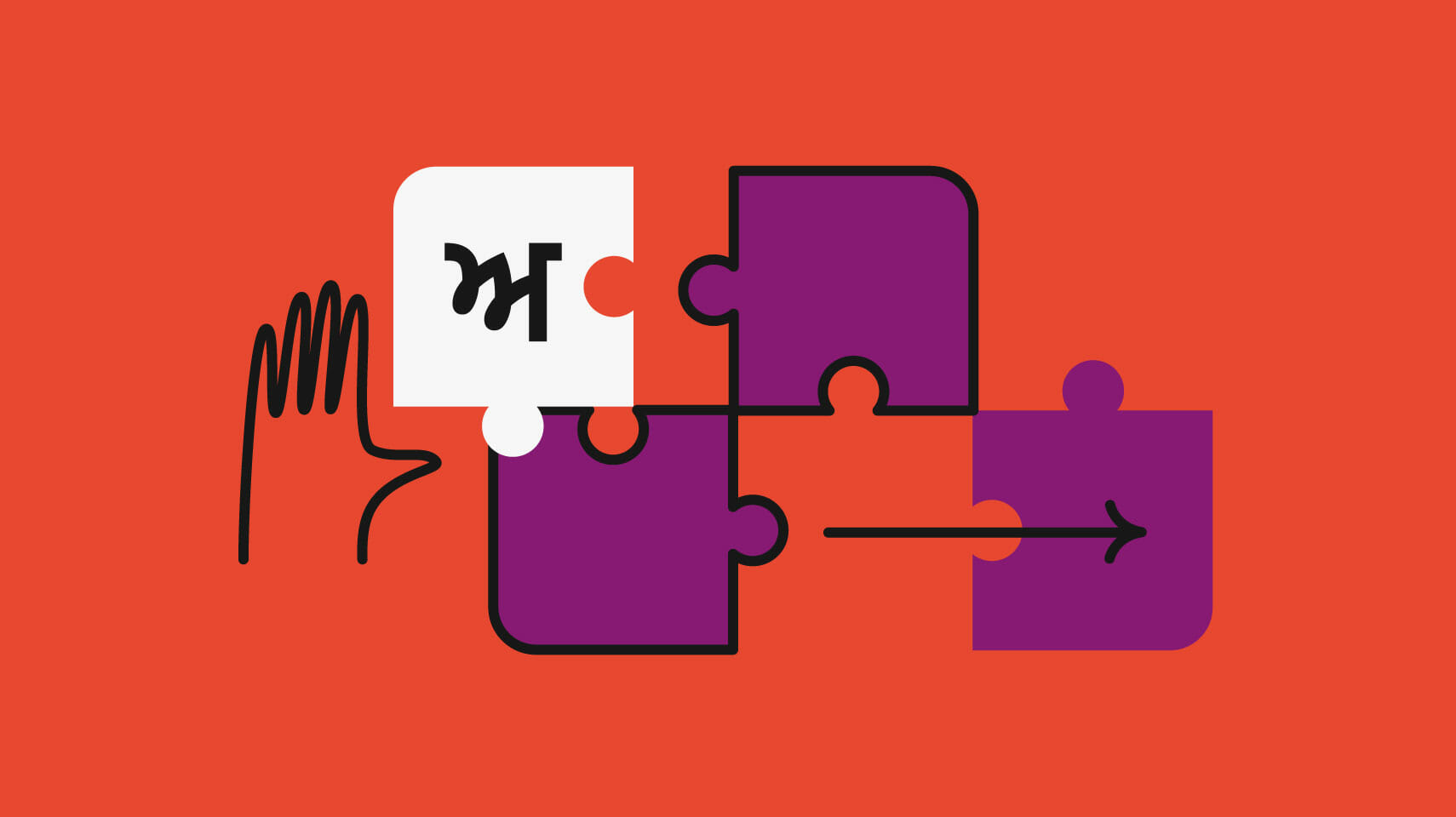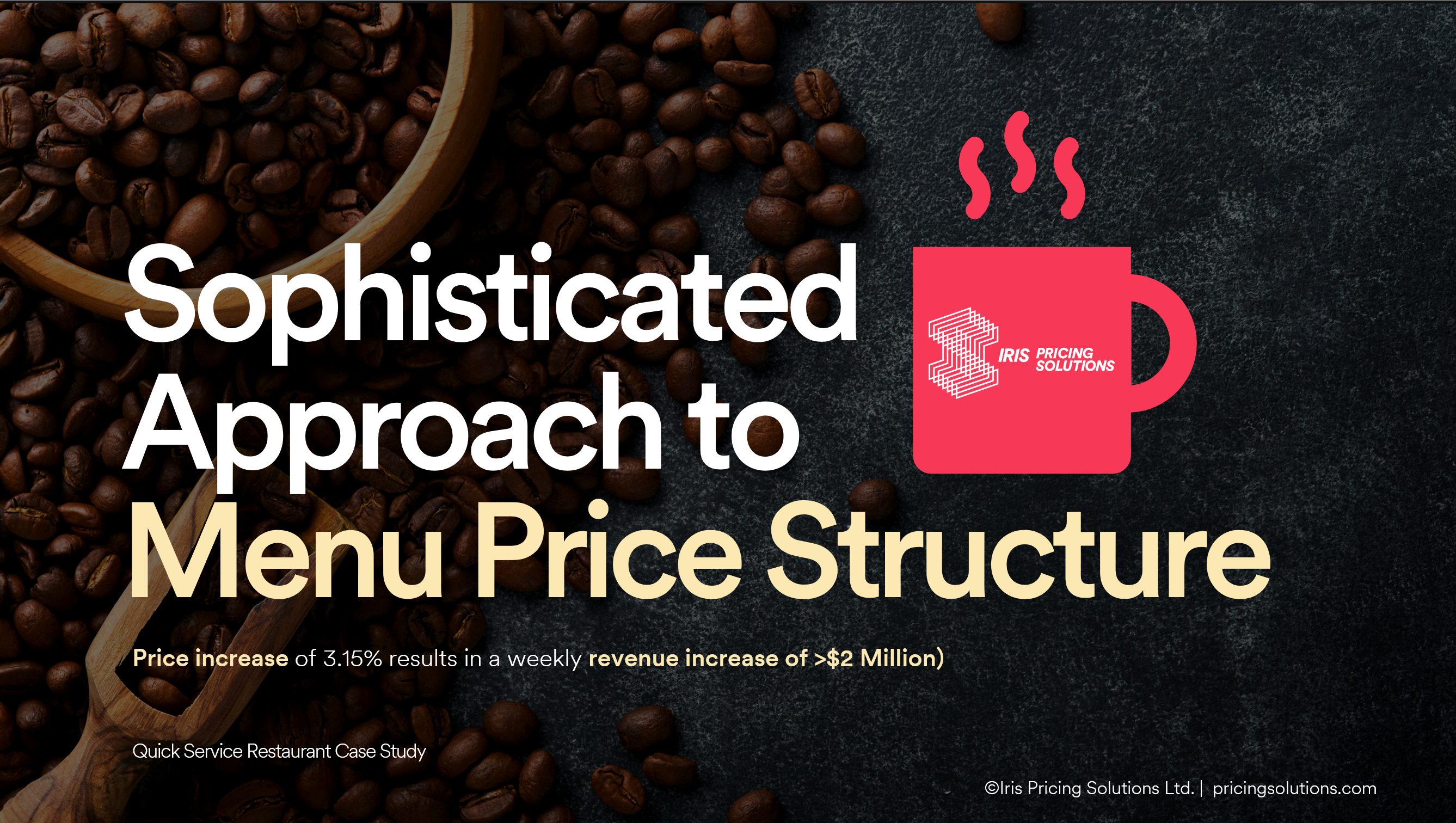Unlocking the Secret of Dual Pricing: Boost Profits & Customer Satisfaction
Dual pricing refers to the practice of charging different prices for the same product or service based on the customer’s demographic or geographic factors. This pricing strategy can be discriminatory and may lead to customer dissatisfaction and negative brand reputation.
In today’s competitive business landscape, companies often resort to different pricing strategies to maximize their profits and gain a competitive edge. One such strategy is dual pricing, where businesses charge different prices for the same product or service depending on various factors such as the customer’s location, age, gender, or nationality.
While dual pricing might seem like a lucrative approach for businesses to target specific customer segments or capitalize on market disparities, it can also be controversial and raise ethical concerns. Customers who encounter dual pricing may feel discriminated against or perceive it as unfair, leading to negative perceptions of the company and its brand. We will explore the concept of dual pricing in more detail, examining its advantages, disadvantages, and potential impact on businesses and customers. We will also discuss the ethical considerations surrounding this pricing strategy and alternative approaches that companies can adopt to ensure fairness and transparency in pricing.

Credit: phrase.com
Understanding Dual Pricing Strategies
Dual pricing is a strategy used by businesses to offer different prices for the same product or service based on customer characteristics or circumstances. It helps companies maximize profits and cater to diverse customer segments efficiently, while also creating a fair pricing structure.
Dual pricing is a pricing strategy widely used in various industries to target different segments of customers. This strategy involves charging different prices for the same product or service based on various factors such as customer demographics, location, time of purchase, or purchasing power. By implementing dual pricing strategies, businesses aim to maximize revenue, cater to diverse customer segments, and create a sense of value for different customers.
Different Types Of Dual Pricing
There are several types of dual pricing strategies that businesses can employ to meet their objectives. Let’s take a closer look at a few of them:
- Geographical dual pricing: This type of dual pricing involves charging different prices based on the location of the customer. Businesses may offer lower prices for customers in certain areas or countries where the cost of living is lower or where there is intense competition, while charging higher prices in areas with higher purchasing power.
- Time-based dual pricing: Time-based dual pricing involves charging different prices depending on the time of purchase or day of the week. This strategy is commonly seen in industries such as travel and entertainment, where prices tend to vary based on peak and off-peak periods. For example, airlines may offer lower fares for flights during weekdays compared to weekends.
- Segment-based dual pricing: This strategy involves setting different prices for different customer segments based on their characteristics or purchasing behavior. Businesses may offer discounted prices for specific groups like students, senior citizens, or loyal customers, while charging regular prices for other segments.
- Version-based dual pricing: Version-based dual pricing refers to offering multiple versions or variations of a product or service at different price points. Each version may have different features or levels of customization, allowing customers to choose the version that best suits their needs and budget.
How Dual Pricing Works
Implementing dual pricing requires careful planning and consideration. Here’s a breakdown of how dual pricing strategies typically work:
- Identify target segments: The first step is to identify the different customer segments you want to target with dual pricing. This could be based on factors such as income level, age, location, or any other relevant criteria.
- Analyze customer preferences: Once you’ve identified the target segments, it’s crucial to analyze their preferences and purchasing behavior. This will help you understand what pricing strategies would resonate best with each segment.
- Determine price differentials: After analyzing customer preferences, determine the price differentials between the segments. This involves deciding how much variation there should be in the prices offered to different segments.
- Implement pricing structure: Once you’ve determined the price differentials, it’s time to implement the pricing structure across your sales channels. This might involve setting different prices on your website, in-store, or through targeted marketing campaigns.
- Monitor and optimize: After implementing dual pricing, continuously monitor the impact of the strategy on revenue and customer satisfaction. Based on the results, make necessary adjustments to optimize the pricing structure and ensure it aligns with your business goals.
- Communicate value: It’s important that customers understand the value they are getting at each price point. Clearly communicate the benefits and features associated with the different pricing tiers to create a sense of value for each customer segment.

Credit: www.amazon.com
Benefits Of Dual Pricing
Dual pricing offers numerous benefits, such as the ability to target different customer segments, increase revenue and profit margins, and create a sense of exclusivity. It allows businesses to cater to both price-sensitive customers and those willing to pay a premium for extra features.
Increased Revenue
Implementing dual pricing can offer several benefits for businesses, one of which is increased revenue. How does this work? By offering different pricing options, companies can cater to a wider range of customers and capture more sales opportunities. For example, customers who are price-sensitive or budget-conscious can opt for the lower-priced option, while those who prioritize premium features or services can choose the higher-priced option.
In addition, dual pricing allows businesses to tap into different market segments and attract a larger customer base. By providing multiple price points, companies can accommodate diverse customer preferences and budgets, ultimately leading to increased sales and revenue generation.
Improved Customer Satisfaction
Dual pricing is not only beneficial for businesses but also for customers, as it helps in improving customer satisfaction. With dual pricing, customers have the freedom to choose the price option that best suits their needs and budgetary constraints. This level of flexibility empowers customers and creates a positive shopping experience.
By offering multiple price tiers, businesses can cater to a wider range of customers and ensure that everyone finds a suitable option. This inclusivity helps businesses create a customer-centric approach, resulting in happier and more satisfied customers.
Furthermore, dual pricing fosters transparency and trust between businesses and customers. By clearly stating the different price points and the features associated with each, companies build credibility and enable customers to make informed purchasing decisions.
Implementing Dual Pricing Successfully
Successfully implementing dual pricing strategies requires careful planning and execution. By setting different prices for different customer segments, businesses can optimize revenue and create a personalized experience for their customers, enhancing overall satisfaction and loyalty.
Implementing Dual Pricing Successfully Implementing dual pricing can be a game-changer for businesses, allowing them to tap into new customer segments and maximize their revenue potential. However, to ensure the success of dual pricing strategies, it is important to understand how to identify target customer segments and leverage pricing optimization techniques. In this post, we will explore each of these aspects in detail. Identifying Target Customer Segments To implement dual pricing successfully, the first step is to identify the target customer segments. Understanding the characteristics and preferences of different customer groups can help you tailor your pricing strategy accordingly. Here are some key considerations: 1. Demographic Analysis: Analyze data such as age, gender, income levels, and location to identify customer segments that are most likely to respond positively to dual pricing. 2. Psychographic Profiling: Dive deeper into your customers’ motivations, interests, and behaviors to segment them based on their lifestyle choices, values, and aspirations. 3. Purchase History: Analyze past buying patterns to identify customer segments that are more price-sensitive or willing to pay a premium for additional benefits or features. By identifying key customer segments, you can create tailored pricing strategies that cater to their specific needs and drive greater results. Pricing Optimization Techniques Once you have identified your target customer segments, it’s crucial to optimize your pricing strategies to maximize its effectiveness. Here are some techniques to consider: 1. Competitive Analysis: Research your competitors’ pricing strategies to ensure your dual pricing is competitive and attractive to your target customers. 2. Value-Based Pricing: Determine the perceived value of your product or service and align your dual pricing strategy accordingly. Highlight the unique benefits or features that justify a premium price. 3. Bundling and Upselling: Consider offering bundled packages or additional products or services to complement your dual pricing strategy. This can increase the perceived value and encourage customers to opt for higher-priced options. 4. A/B Testing: Continuously test different pricing variations to understand which combination is most effective. Monitor customer responses and adapt your dual pricing strategy accordingly. By leveraging these pricing optimization techniques, you can fine-tune your dual pricing strategy and ensure it resonates with your target customer segments. Implement Dual Pricing Successfully Implementing dual pricing successfully requires a thoughtful approach that includes identifying target customer segments and optimizing your pricing strategies. By tailoring your pricing to different customer groups and employing optimization techniques, you can maximize the benefits of dual pricing and achieve greater revenue growth. Start by analyzing your customer data, understanding their needs, and adjusting your pricing accordingly. With strategic implementation, dual pricing can become a powerful tool to drive sales and enhance customer satisfaction.
Credit: www.pricingsolutions.com
Best Practices And Case Studies
Dual pricing, also known as price discrimination, is a strategy used by businesses to charge different prices for the same product or service based on various factors. It can be a powerful tool to optimize revenue and cater to different customer segments. In this section, we will explore successful examples of dual pricing and provide tips for effective implementation.
Successful Examples Of Dual Pricing
Here are some noteworthy case studies of businesses that have effectively implemented dual pricing:
| Company | Strategy |
|---|---|
| Theme Park X | Seasonal pricing for tickets, offering discounted rates during weekdays and off-peak periods |
| Streaming Service Y | Tiered pricing plans, with higher prices for additional features and content |
In the case of Theme Park X, their dual pricing strategy allows them to attract visitors during quieter periods by offering discounted rates. This helps them optimize their revenue and maximize the utilization of their resources. On the other hand, Streaming Service Y effectively caters to different customer segments by offering tiered pricing plans. This allows customers to choose a plan that best suits their needs and budget, thereby increasing customer satisfaction and retention.
Tips For Effective Implementation
Implementing dual pricing requires careful planning and execution. Here are some tips to help you effectively implement this strategy:
- Segment your target audience: Identify different customer segments based on their preferences, needs, and price sensitivity. This will allow you to tailor your pricing strategy to cater to each segment.
- Create value-based pricing tiers: Offer different pricing tiers that provide varying levels of value or benefits. This could include additional features, priority service, or exclusive access.
- Communicate the value: Clearly communicate the benefits and value customers will receive by choosing higher-priced options. Use persuasive messaging and highlight the unique advantages of each tier.
- Monitor and analyze data: Continuously monitor and analyze data to assess the effectiveness of your dual pricing strategy. Make data-driven adjustments as necessary to ensure optimal results.
- Test and iterate: Experiment with different pricing models and periodically review and refine your approach. Continuously iterate based on customer feedback and market trends.
By following these best practices, you can successfully implement dual pricing and maximize the benefits it offers for your business.
Frequently Asked Questions For Dual Pricing
What Is Dual Pricing In The Context Of Online Shopping?
Dual pricing refers to the practice of showing different prices for the same product or service depending on the customer’s geolocation or other factors. This strategy allows retailers to target specific markets or customer segments with tailored pricing strategies.
How Does Dual Pricing Affect Online Customers?
Dual pricing affects online customers by creating disparities in pricing based on their location or other factors. This can lead to feelings of discrimination and frustration, as customers may perceive that they are being charged more or less than others for the same product or service.
Is Dual Pricing Legal?
The legality of dual pricing depends on the specific jurisdiction and the pricing practices involved. In some cases, dual pricing may be considered discriminatory and illegal. It is important for businesses to understand and comply with the laws and regulations governing pricing practices in their target markets.
How Can Customers Identify If They Are Subject To Dual Pricing?
Customers can often identify if they are subject to dual pricing by comparing prices for the same product or service from different locations or devices. They can also look for any indications on the website or during the checkout process that suggest different pricing based on location or other factors.
Conclusion
Dual pricing brings about various implications for businesses and customers alike. While it may seem advantageous for businesses to maximize profits, it can lead to negative consequences such as customer dissatisfaction and a loss of trust. On the other hand, customers may benefit from the opportunity to choose between different price options.
However, it is crucial for businesses to strike a balance in implementing dual pricing strategies to ensure fairness and transparency. By doing so, they can maintain customer loyalty and foster a positive reputation in the market.
{ “@context”: “https://schema.org”, “@type”: “FAQPage”, “mainEntity”: [ { “@type”: “Question”, “name”: “What is dual pricing in the context of online shopping?”, “acceptedAnswer”: { “@type”: “Answer”, “text”: “Dual pricing refers to the practice of showing different prices for the same product or service depending on the customer’s geolocation or other factors. This strategy allows retailers to target specific markets or customer segments with tailored pricing strategies.” } } , { “@type”: “Question”, “name”: “How does dual pricing affect online customers?”, “acceptedAnswer”: { “@type”: “Answer”, “text”: “Dual pricing affects online customers by creating disparities in pricing based on their location or other factors. This can lead to feelings of discrimination and frustration, as customers may perceive that they are being charged more or less than others for the same product or service.” } } , { “@type”: “Question”, “name”: “Is dual pricing legal?”, “acceptedAnswer”: { “@type”: “Answer”, “text”: “The legality of dual pricing depends on the specific jurisdiction and the pricing practices involved. In some cases, dual pricing may be considered discriminatory and illegal. It is important for businesses to understand and comply with the laws and regulations governing pricing practices in their target markets.” } } , { “@type”: “Question”, “name”: “How can customers identify if they are subject to dual pricing?”, “acceptedAnswer”: { “@type”: “Answer”, “text”: “Customers can often identify if they are subject to dual pricing by comparing prices for the same product or service from different locations or devices. They can also look for any indications on the website or during the checkout process that suggest different pricing based on location or other factors.” } } ] }





